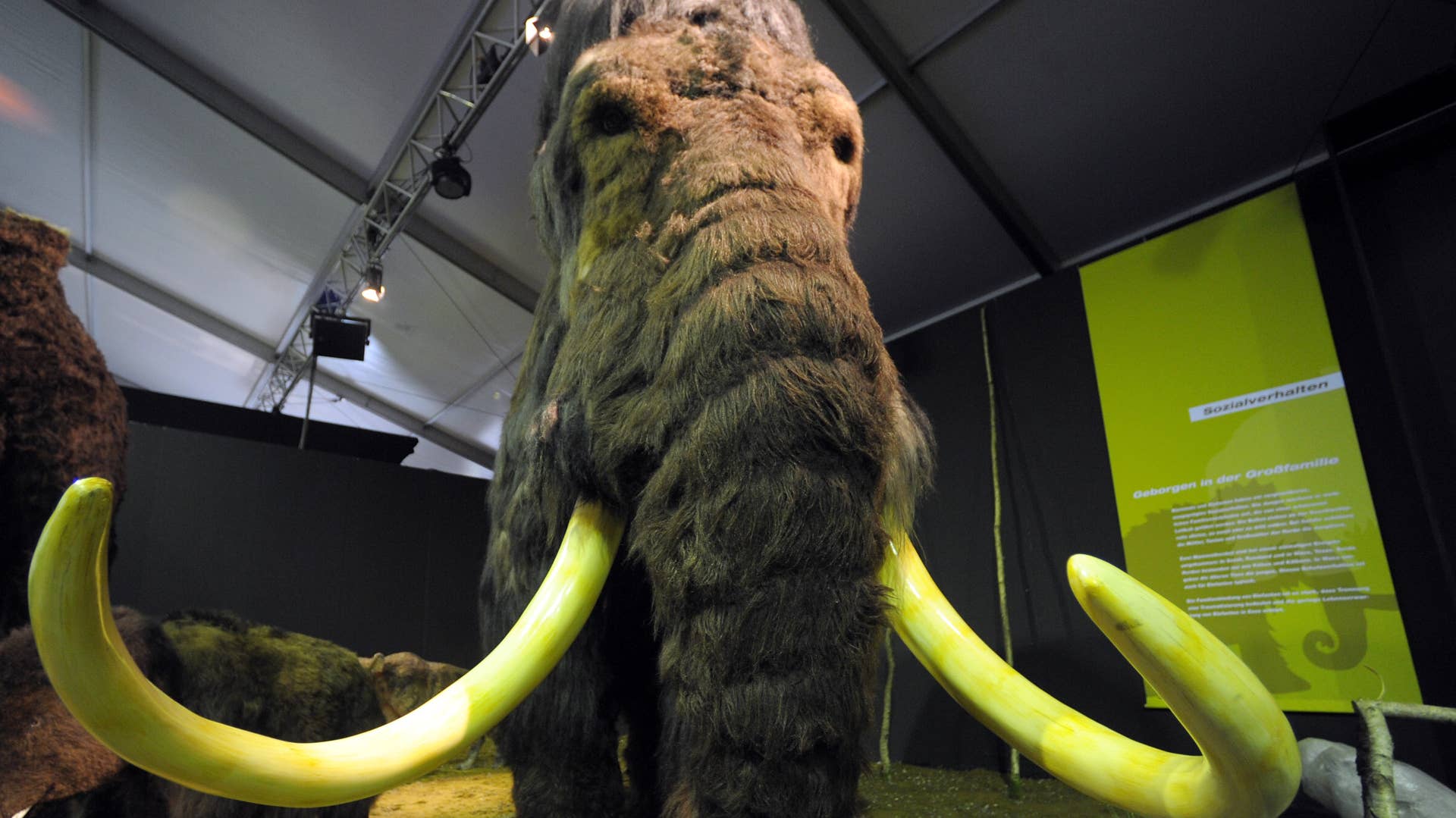
An Australian cultured meat company used the DNA of the long-extinct woolly mammoth to create a giant meatball that was recently put on display at a museum in the Netherlands.
According to CNN, scientists from Vow created the “mammoth meatball” by identifying the DNA sequence of a mammoth through a public genome database in order to replicate what someone would typically find in the myoglobin of such mammals. Found in the tissue muscle, this protein is what gives food like steak and beef its red coloring, and determines its classification as “red meat.”
Since the lab was unable to access mammoth tissue for this project, researchers relied upon the genome of an African elephant to fill in any missing information from the available mammoth myoglobin DNA sequence. The synthesized gene was then injected into the muscle cell of a sheep, and ultimately produced about 400 grams of mammoth meat.
James Ryall, Vow’s chief scientific officer, said that even though the mammoth-to-sheep gene ratio is one out of 25,000, they did observe a noticeable change in the cell’s physical appearance. While the firm has typically tasted their creations in the past, they decided against eating the mammoth meatball. “I’ve got no idea what the potential allergenicity might be of this particular protein,” Ryall said.
The mammoth meatball was displayed on Tuesday at Rijksmuseum Boerhaave, a science museum in the Netherlands.
This giant meatball came from the DNA of the extinct woolly mammoth
“We need to start rethinking how we get our food. My biggest hope for this project is…that a lot more people across the world begin to hear about cultured meat,” Ryall explained.

